
Mosque
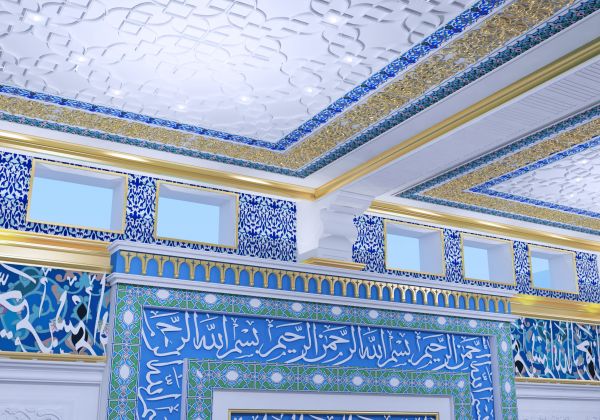
Mosque
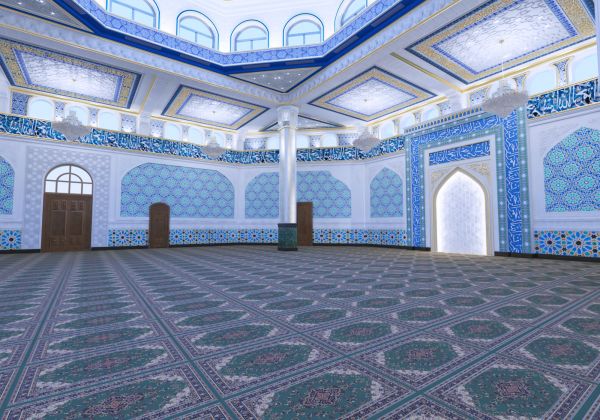
Mosque

Mosque

Mosque
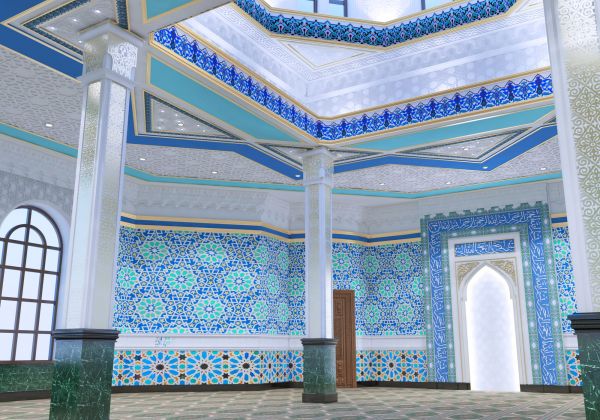
Mosque
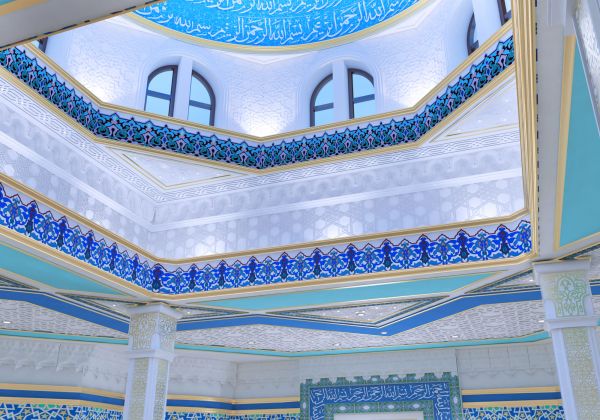
Mosque
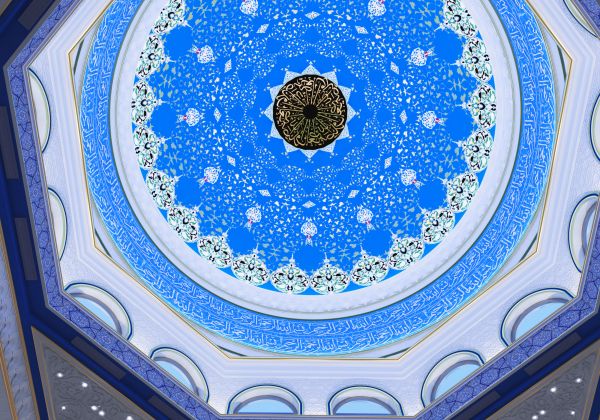
Mosque

Mosque

Mosque
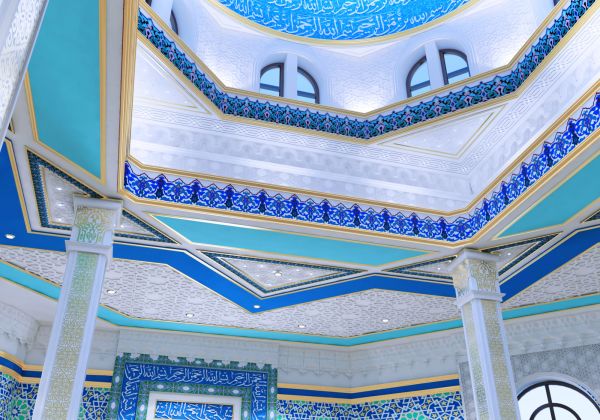
Mosque

Mosque
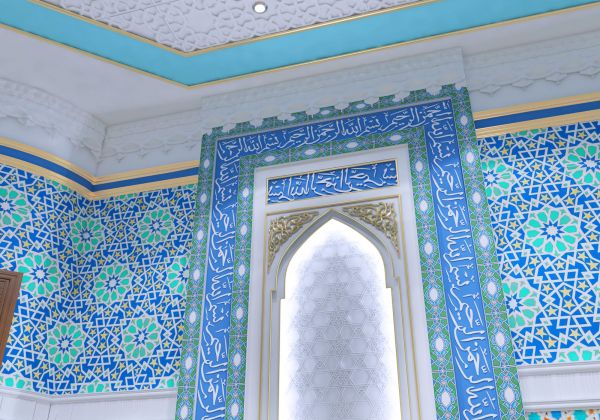
Mosque
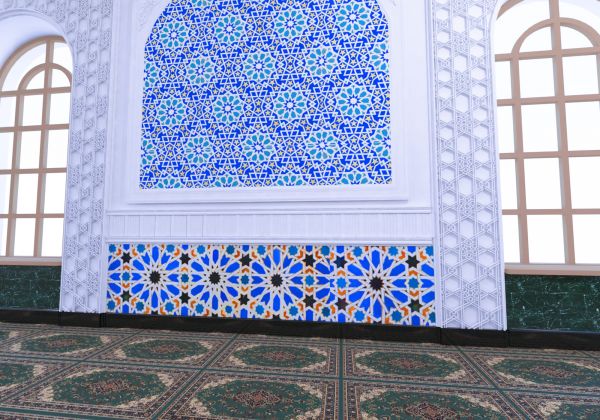
Mosque
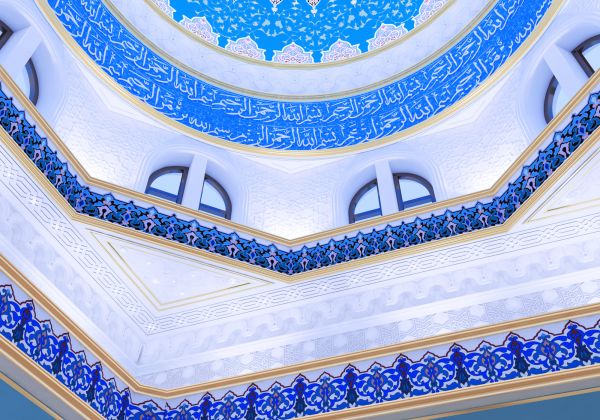
Mosque
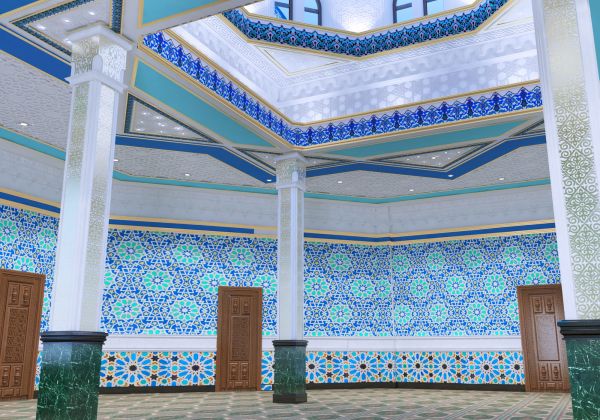
Mosque
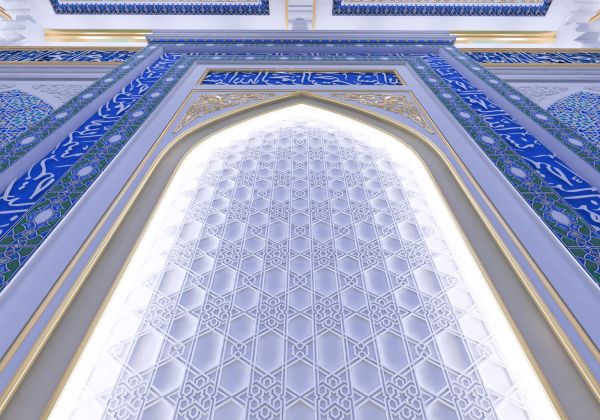
Mosque
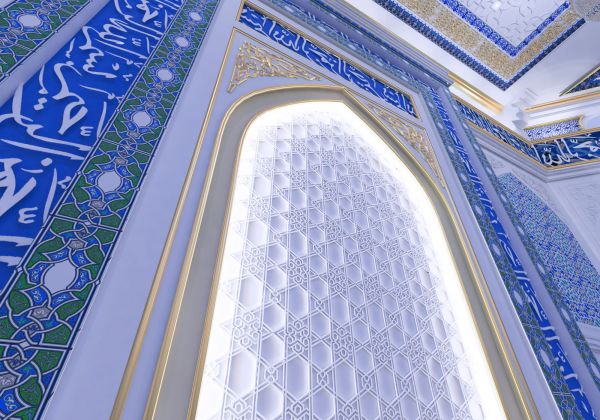
Mosque
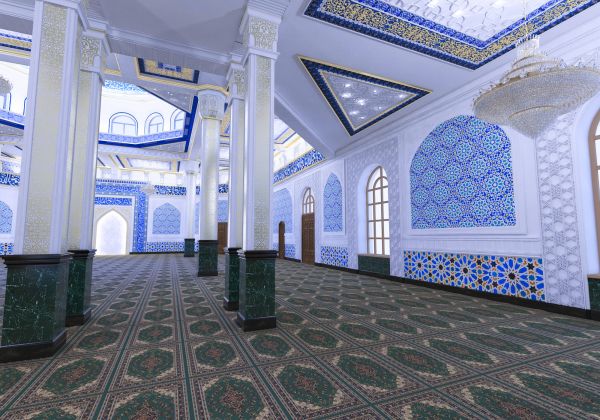
Mosque

Mosque
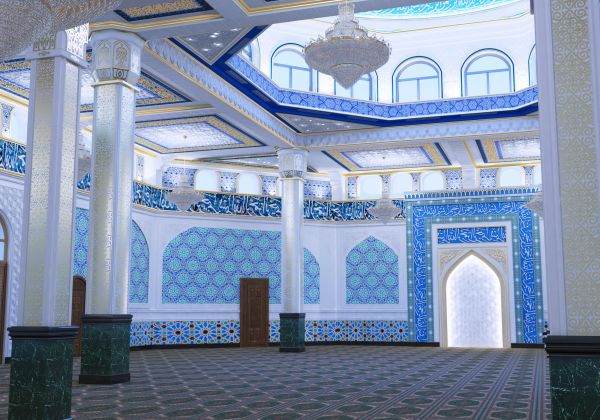
Mosque
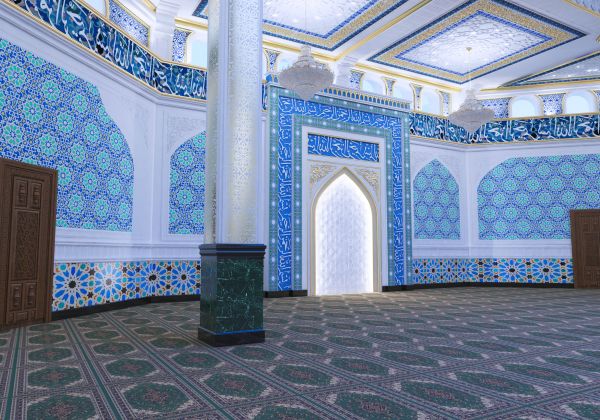
Mosque
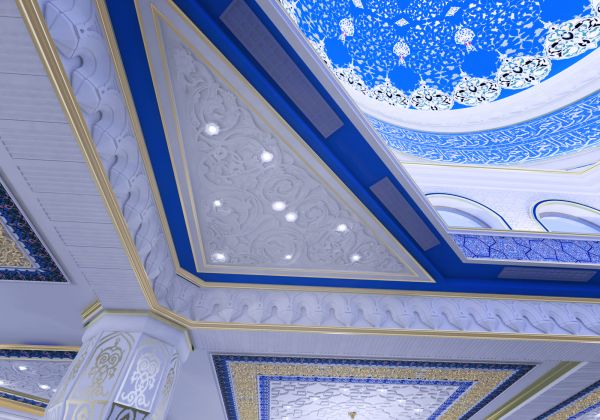
Mosque
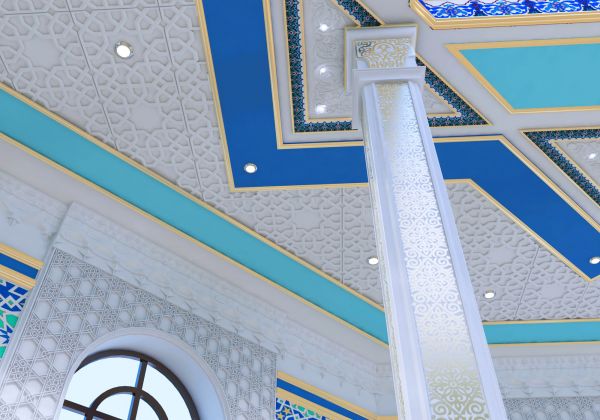
Mosque
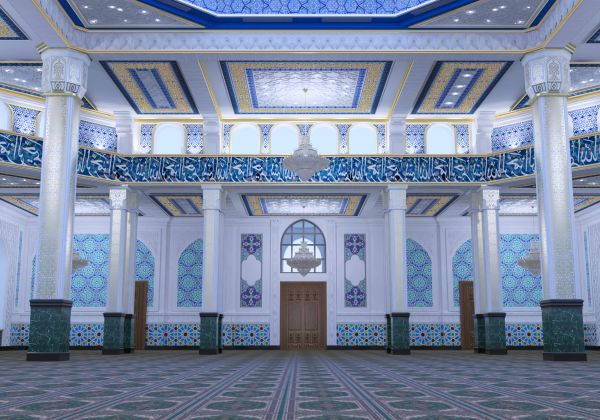
Mosque

Mosque

Mosque
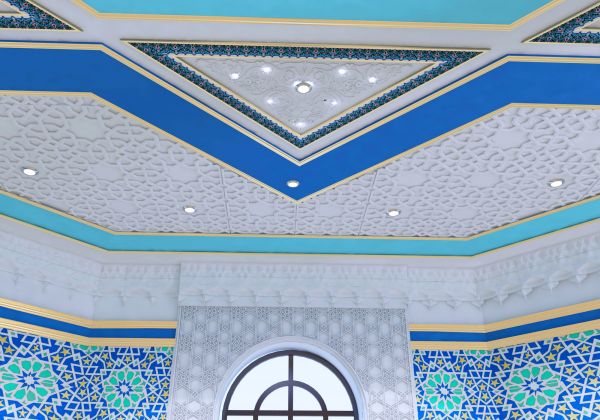
Mosque
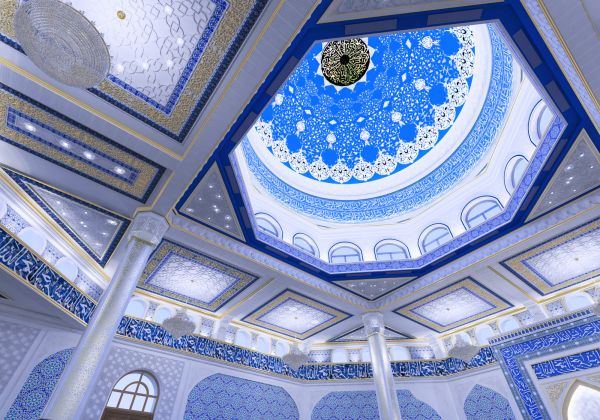
Mosque
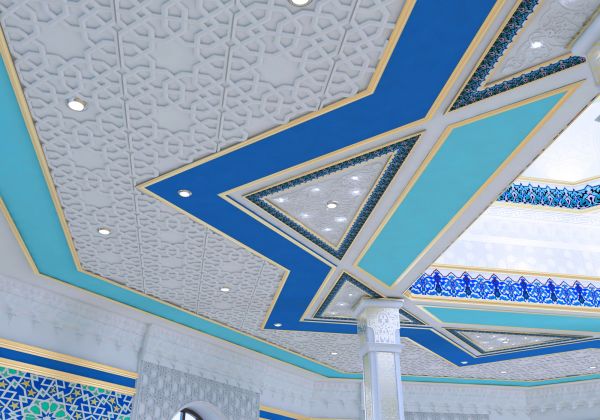
Mosque
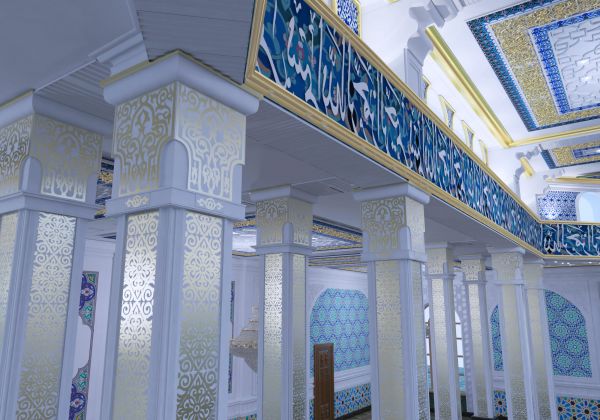
Mosque
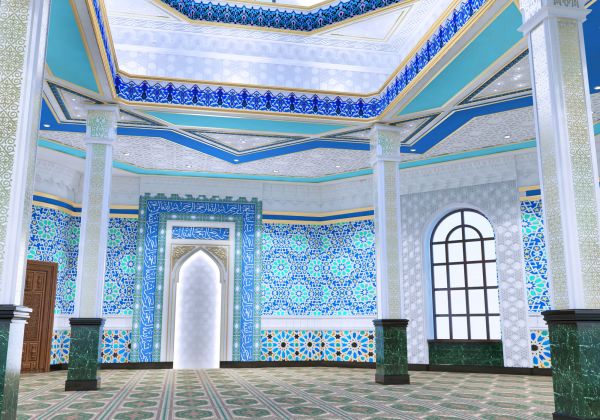
Mosque
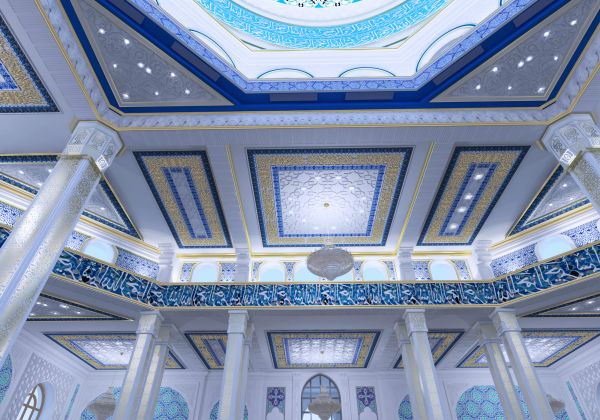
Mosque
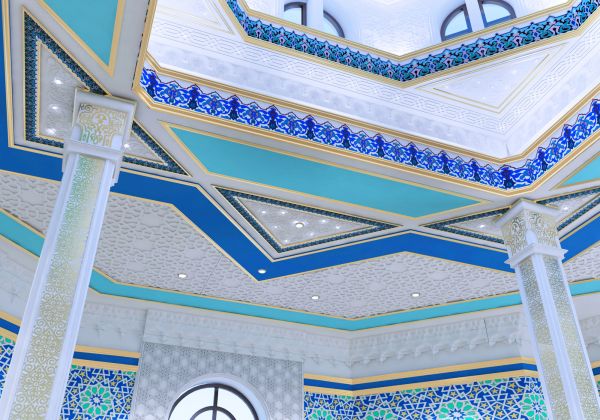
Mosque
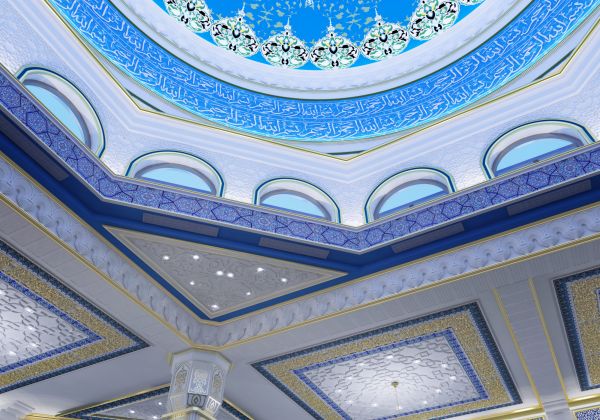
Mosque
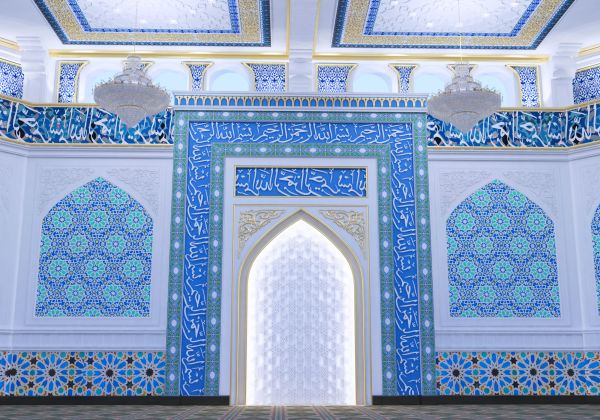
Mosque
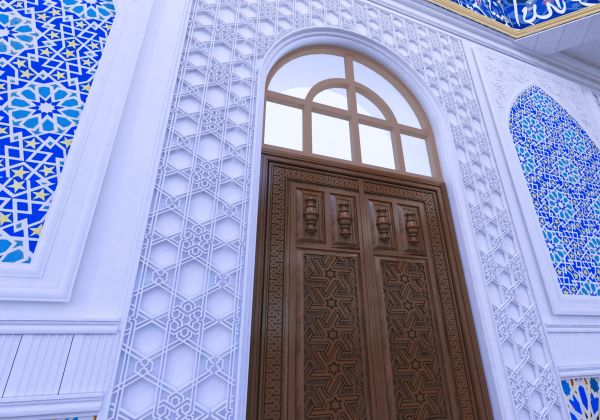
Mosque
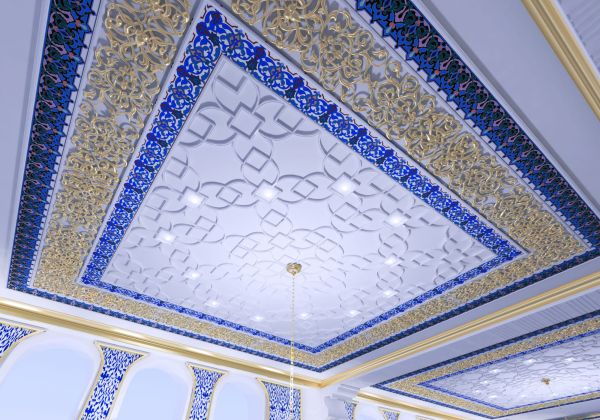
Mosque
Mosque
The interior and exterior of the mosque can be varied and depend on the architectural style and traditions. Here are some general characteristics of the interior and exterior of the mosque:
The interior of the mosque:
- Minbar: The minbar is the remote control from which the imam delivers a sermon during Friday prayers. It is usually located on a podium or bandstand in front of the mosque.
- Mihrana: The Mihrana is a niche in the wall of the mosque, indicating the direction of the Kaaba in Mecca. It serves as a guideline for Muslims during prayer.
- Carpets: Mosques usually have large carpets covering the floors to create a comfortable place for prayer and concentration.
- Lighting: Mosques usually have natural lighting through windows or lamps, as well as artificial lighting for night prayers.
- Decorative elements: Mosques can be decorated with calligraphy, geometric patterns and other decorative elements that reflect Islamic culture and art.
Exterior of the mosque:
- Minaret: A minaret is a tall tower that serves to call Muslims to prayer. It is one of the most recognizable elements of the mosque and can have various architectural styles.
- Domes: Mosques may have domes that symbolize unity and faith. Domes can be of different sizes and designs, depending on the architectural style.
- Facade: The facade of the mosque can be decorated with carvings, mosaics or other decorative elements that reflect Islamic architecture and culture.
- Entrance: The entrance to the mosque can be decorated with arches, columns or other architectural elements that create a majestic and welcoming appearance.